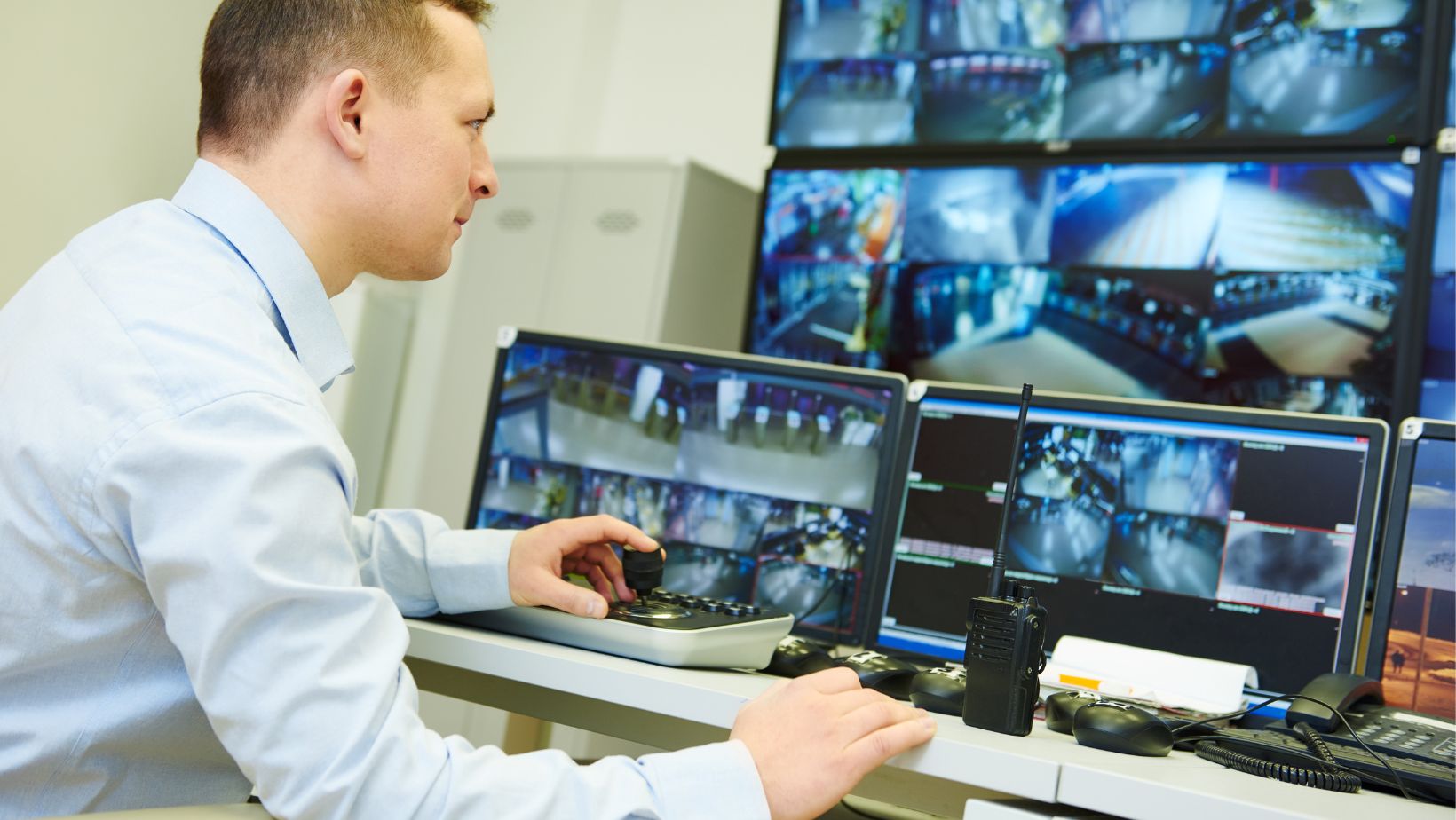Supervision of the Paint Locker and Control
As an expert in the field, I understand the importance of proper supervision and control in the paint locker. The paint locker is a critical area where hazardous materials are stored, and it requires strict oversight to ensure safety and compliance. In this article, I will delve into the key aspects of supervision and control in the paint locker, providing you with essential information to maintain a secure and efficient environment.
When it comes to the paint locker, supervision is not just a matter of ticking off boxes. It is about actively monitoring and managing the storage and handling of paints and related materials. In this article, I will share my insights on the best practices for supervision, including regular inspections, proper documentation, and effective communication. By implementing these strategies, you can minimize risks and ensure compliance with safety regulations.
Control is a crucial element in maintaining a safe and organized paint locker. From inventory management to waste disposal, having a robust control system in place is vital. In this article, I will discuss the various aspects of control in the paint locker, such as proper labeling, storage techniques, and emergency response protocols. By implementing these control measures, you can enhance efficiency, reduce waste, and mitigate potential hazards.
Importance of Proper Supervision in the Paint Locker
When it comes to the supervision of the paint locker and control in the workplace, the importance cannot be overstated. Proper supervision ensures the safety of employees and the compliance with regulations when handling hazardous materials. As someone with years of experience in this field, I can confidently say that active monitoring and regular inspections are essential to maintain a safe and organized environment.
One of the key aspects of proper supervision is effective communication. Supervisors need to clearly communicate safety protocols, emergency response procedures, and the proper use of personal protective equipment to all employees. This ensures that everyone is on the same page and understands their role in maintaining a safe workspace.
Regular inspections are crucial to identify any potential hazards and address them promptly. This includes checking for proper storage techniques, ensuring that hazardous materials are properly labeled, and verifying that control measures are in place. Inspections also provide an opportunity to evaluate the effectiveness of current procedures and make any necessary adjustments.
Documentation is another important aspect of supervision in the paint locker. Keeping detailed records of inspections, training sessions, and incident reports allows for transparency and accountability. It also helps in identifying any patterns or areas that need improvement.
Proper supervision not only minimizes risks but also enhances efficiency. When employees understand and follow established protocols, there is less room for errors or accidents. This leads to smoother operations and increased productivity.
To sum it up, supervision of the paint locker and control in the workplace is vital for maintaining a safe and compliant environment. Through active monitoring, regular inspections, effective communication, and thorough documentation, potential hazards can be mitigated, risks can be minimized, and efficiency can be enhanced. As someone who has witnessed the positive impact of proper supervision, I strongly advocate for its implementation in all workplaces that deal with hazardous materials.

Role of a Supervisor in Maintaining Control
As an experienced professional in the field, I fully understand the crucial role that supervision plays in maintaining control in the paint locker and ensuring safety in the workplace. The supervisor’s responsibilities are vital to maintaining a well-organized and compliant environment. Let’s take a closer look at the key aspects of their role:
Active Monitoring
The supervisor is responsible for actively monitoring the paint locker to prevent any risks or hazards from arising. This includes regularly inspecting the area, checking for any signs of damage, leaks, or improper storage practices. By actively monitoring the paint locker, the supervisor can identify and address any potential issues before they escalate into significant risks.
Compliance and Documentation
Maintaining compliance with regulations and documenting all activities is another critical responsibility of the supervisor. They must ensure that all hazardous materials are properly labeled, stored, and handled according to the relevant safety guidelines. Additionally, accurate documentation of inventory, inspections, and any incidents that occur is essential for tracking and maintaining control in the paint locker.
Effective Communication
The supervisor must establish clear lines of communication with the entire team involved in the paint locker operations. This includes providing clear instructions on proper handling and storage procedures, addressing any concerns or questions, and fostering a culture of open communication between team members. Effective communication ensures that everyone is aware of their responsibilities and can contribute to maintaining control and safety.
Training and Education
The supervisor plays a crucial role in training and educating employees on best practices and safety protocols. They should ensure that all team members receive comprehensive training on handling hazardous materials, emergency response procedures, and proper use of personal protective equipment. Ongoing education and training are essential to keep up with changing regulations and industry best practices.
The role of a supervisor in maintaining control in the paint locker and overall workplace safety is paramount. Through active monitoring, compliance and documentation, effective communication, and training and education, supervisors can ensure a safe and well-controlled environment for handling hazardous materials.


